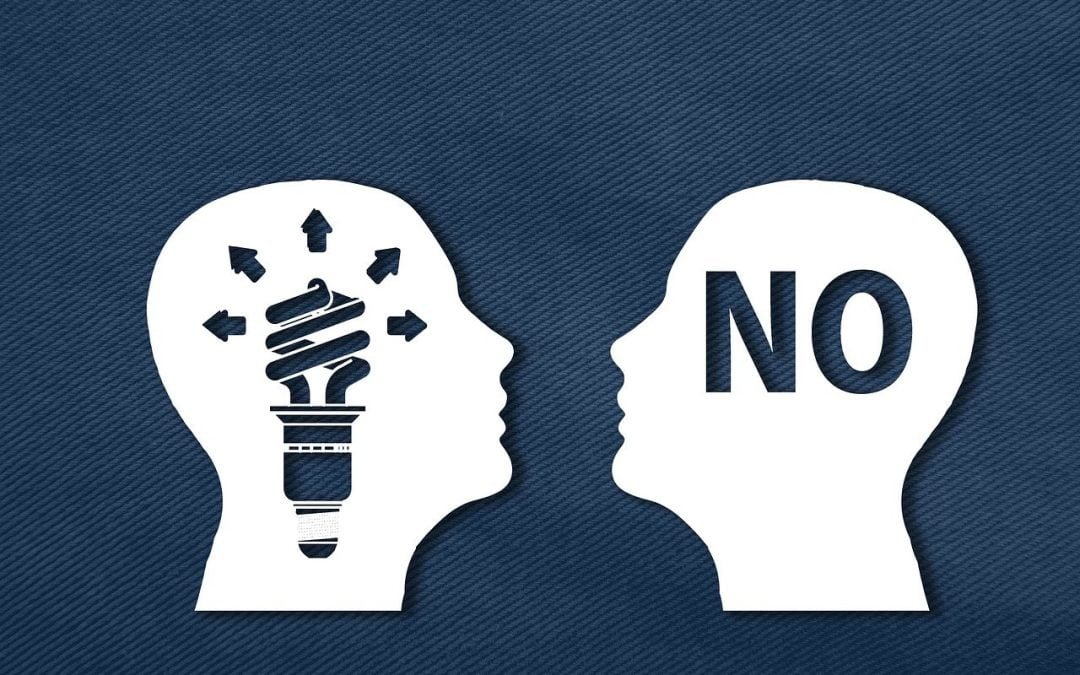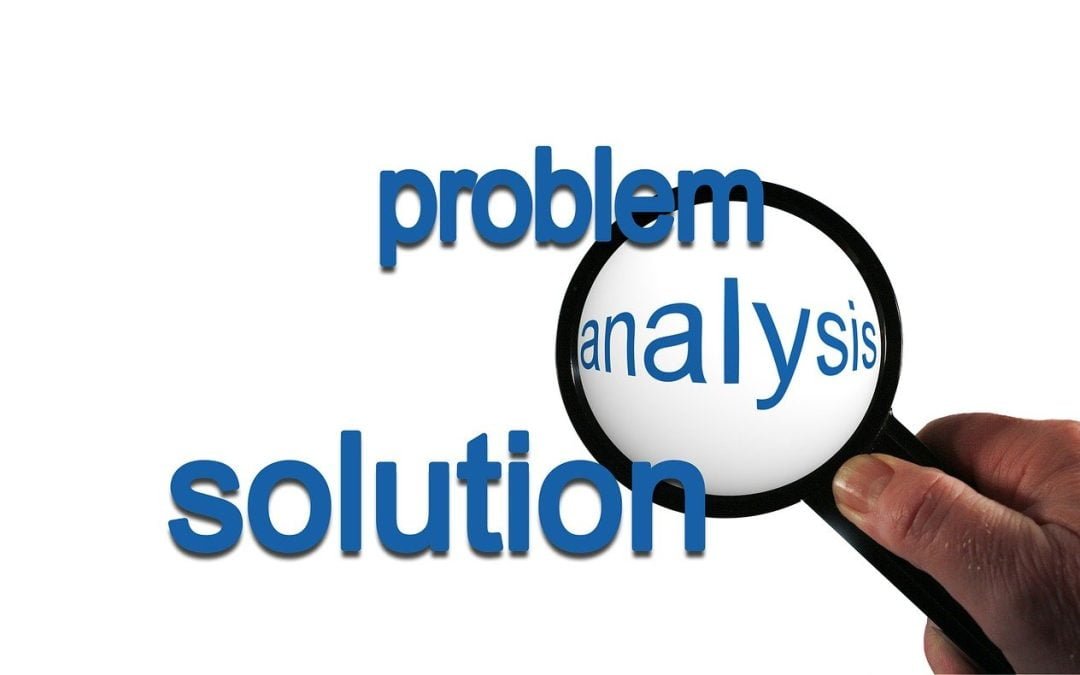
Benefit Argumentation
Formulating benefits
There are various ways to do this, all of which work. The important thing is to always start with the customer’s expressed need. Here are two examples from microscopy:
“You said that you attach particular importance to optimal image quality of images with polarization (expressed need). The most important prerequisite for this is that the microscope camera is very sensitive and has a short exposure time even in low light (benefit). This is achieved by the huge pixels on the sensor of our UC90 camera (product feature)”.
“The optimal image quality you need for polarized images (requirement) is achieved by the huge pixels on the sensor of our UC90 camera (feature). For you, this means that you can work with short exposure times even in low light thanks to the camera’s high sensitivity (benefit)”.
It is important always to present the benefits from the customer’s perspective. So not:
“Our coded nosepiece prevents incorrect measurements in the captured images and therefore, unnecessary retakes.
But rather:
“By coding the nosepiece, you will avoid incorrect measurements in your images and save the need to retake the picture.
In a final presentation, it is desirable to list the benefits developed in the needs analysis in a meaningful order. And in an ascending order, with the weakest benefit first and the strongest last.




